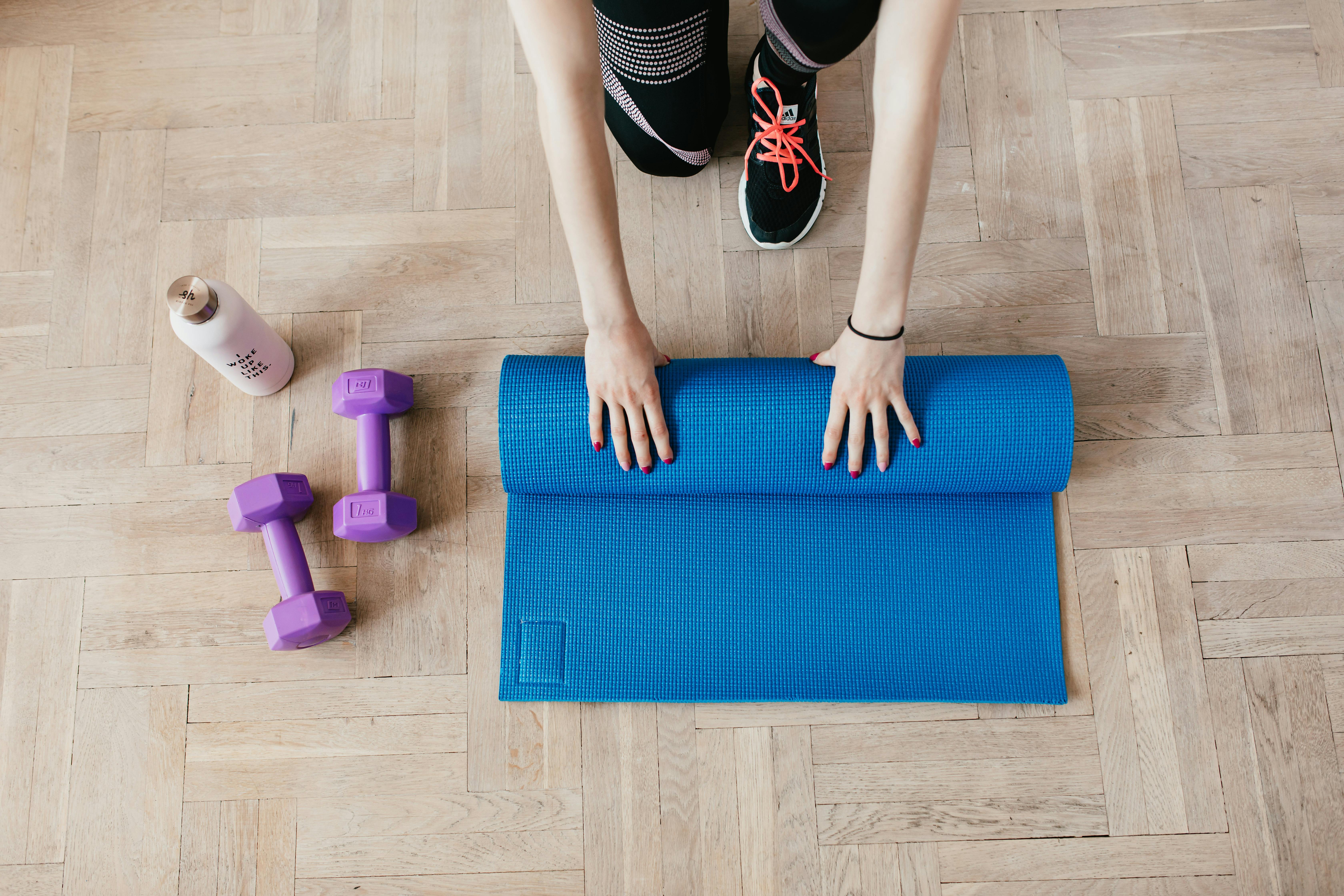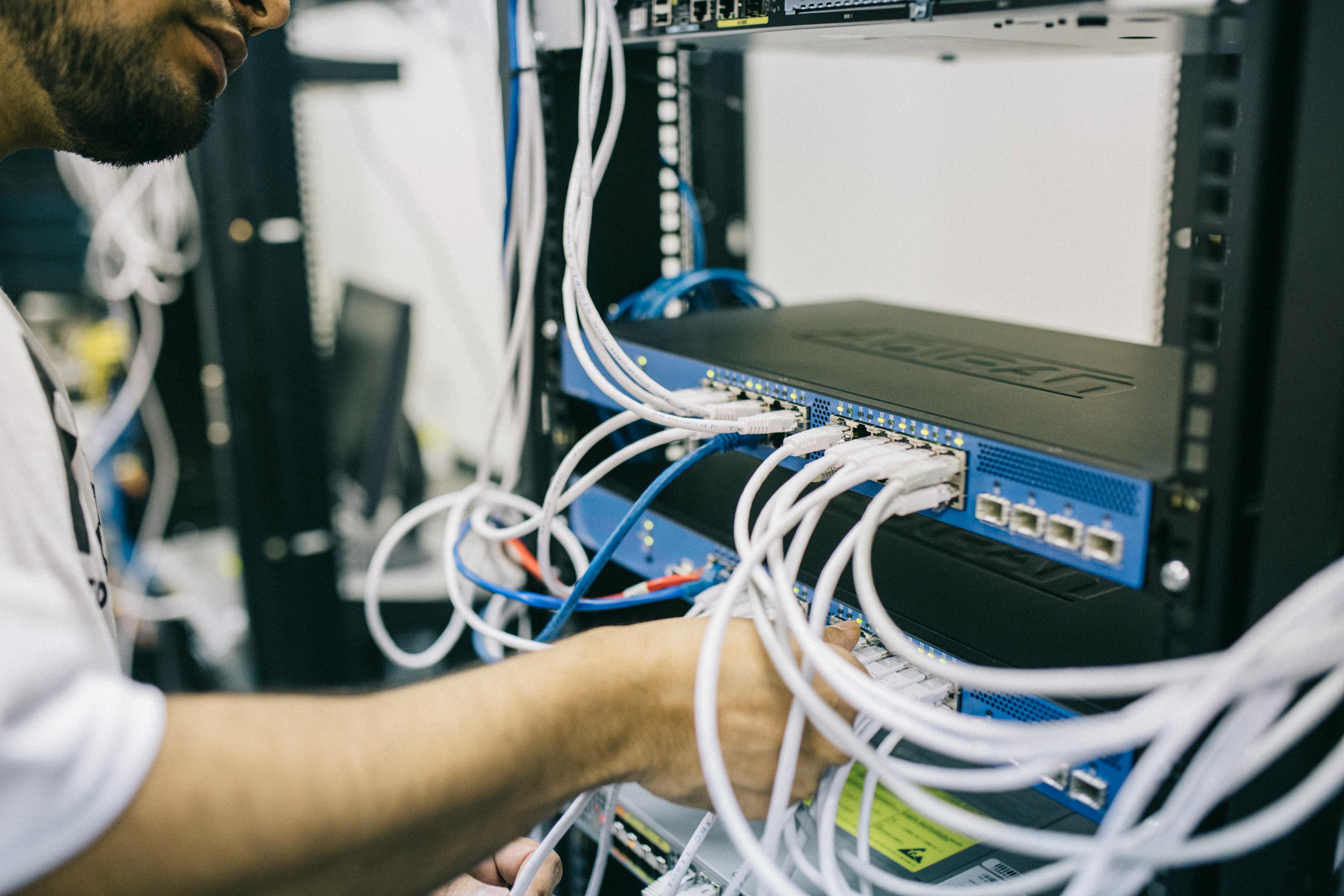Revenue Per Square Foot: Engineering Your Facility for Maximum Monetization
Don't build a single-sport box. A traditional basketball court is a $250,000 liability when it's empty. A well-engineered multi-sport court is a money printer that never shuts off. The difference is not in the size of the building, but in the strategic design that maximizes the number of bookable, monetizable hours your space can handle.
To achieve superior profitability, you must stop thinking like a builder and start thinking like a financial engineer. Every design decision—from the floor material to the placement of dividing curtains—must be made to facilitate the fastest possible shift between high-margin activities.
The goal is to move from fixed usage to dynamic versatility by implementing these Five Design Principles.
Design Principles for high-ROI facilities
Space Utilization target for year-round profit
Turnover Time between different high-margin activities
The 5 Design Principles for Multi-Sport Monetization
1The Modular Flooring Mandate (Durability & Flexibility)

The floor is your most valuable asset. Concrete or traditional hardwood limits you to one sport and increases the financial risk of spills or damage.
The Design: Install modular sport tile flooring (polypropylene or high-density plastic tiles). This surface is suitable for basketball, volleyball, pickleball, and futsal, and is highly durable against non-sport use (e.g., event rentals).
The Advantage: Multi-sport line markings are pre-integrated or easily applied via tape, allowing for rapid court switching. The floor's cushioning reduces athlete impact, justifying a higher premium membership fee for injury-conscious parents.
The Payoff: Maximizing court versatility. A single floor choice immediately opens up four separate revenue streams across various seasons and demand cycles.
2Adjustable Clear Height and Retractable Equipment

Idle equipment is a drag on space. Your design must ensure all primary equipment retracts completely and efficiently to maximize the clear height necessary for different sports and events.
The Design: Install ceiling-suspended, motorized backboards and dividing curtains (nylon or vinyl mesh) that can be raised and lowered with a single control panel. Ensure the ceiling height is compliant for volleyball and high-arc basketball shots.
The Advantage: A retractable curtain instantly sections off a court into multiple, independently bookable zones, allowing you to run a high-margin clinic on one half and a private rental on the other.
The Payoff: Simultaneous revenue streams. You maximize user density and can achieve 2X the hourly revenue from a single large court by using curtains to create multiple smaller, specialized spaces.
3Dedicated Multi-Sport Storage Pods

Wasting staff time carrying and setting up heavy equipment is a direct hit to your labor costs and limits your court turnover speed.
The Design: Build small, secured, dedicated storage closets directly adjacent to or recessed within the wall of each multi-sport court, specifically for pickleball nets, volleyball posts, and other portable equipment.
The Advantage: Reduces court turnover time to under 15 minutes, which means less downtime and more billable hours. It also eliminates trip hazards and theft risk.
The Payoff: Increased profitability per shift. Your staff spends their time coaching or managing, not searching for equipment, boosting overall staff efficiency.
4Ancillary Revenue Hubs and Flow

The highest-margin revenue often comes from non-court activities. Your design must intentionally direct client flow through areas optimized for retail and upsells.
The Design: Position the entrance, check-in desk, and spectator seating to funnel traffic past a high-visibility Pro Shop and concession area. Install designated, comfortable Parent Viewing Lounges with WiFi, but no direct court seating, encouraging parents to wait in the retail/social space.
The Advantage: Maximizes concession and merchandise sales. A comfortable social space also encourages corporate rentals and birthday parties, generating high-margin event hosting revenue.
The Payoff: Passive income generation. You capture ancillary revenue from every person who enters the building, not just those paying for court time.
5Future-Proofed Infrastructure (Tech Integration)

A modern facility is a technology platform. The original design must include infrastructure to support tomorrow's revenue streams.
The Design: Install conduit and junction boxes for hardwired ethernet and power outlets along the walls and ceilings of courts. This supports easy, permanent installation of smart technology like ShotTracker sensors, automated cameras for video analysis, and digital signage for sponsorship revenue.
The Advantage: Avoids costly retrofitting. It allows for seamless integration of premium performance technology that justifies charging higher fees for data-driven training sessions.
The Payoff: High-value tech upsells. The infrastructure enables the sale of specialized, high-margin services (e.g., $15/hour for stat-tracked court time) that your competitors cannot offer.
Engineering Your Profit Center
A successful multi-sport court isn't an accident—it's a deliberate act of financial engineering. By integrating modular flooring, retractable equipment, and optimized tech infrastructure, you design the court not just for playing, but for seamlessly switching between your highest-margin activities. Stop building static sports venues and start constructing a dynamic revenue machine.
About Playbook
Leading facility management software for basketball facilities and sports complexes. Automate booking, payments, pricing, and analytics to maximize revenue and streamline operations.
Design Your Revenue-Maximizing Facility
Discover how Playbook's facility management tools help you maximize every square foot with smart scheduling and multi-sport coordination.
100% secure. No spam, ever.

